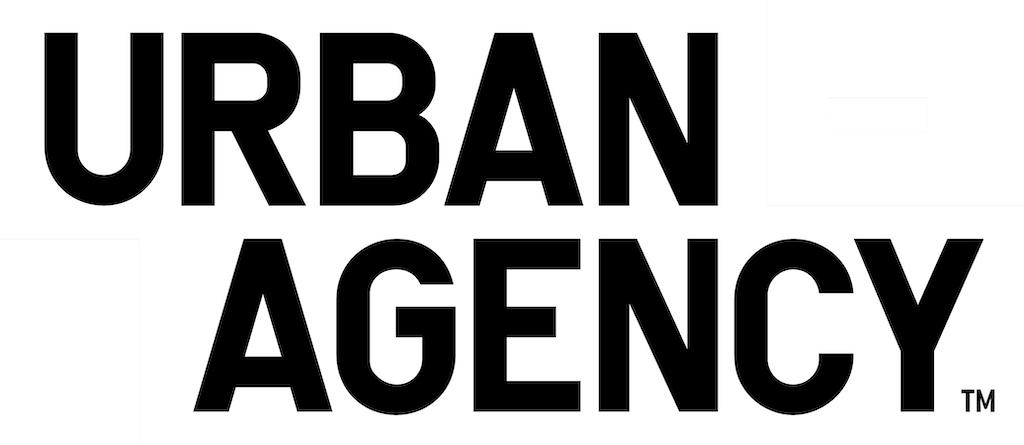THE WID I & II
MODERN WORKING ENVIRONMENT IN THE CONTEXT OF INDUSTRIAL HERITIAGE
The vision the for the Wid I & II area is for the creation of a lively and well connected urban development which integrates the existing industrial buildings into the new spatial configuration and identity of the site. The project has thus been a balancing of the history of the place along with new programming and architectural constructions.
The identified monument, two existing buildings along Widdersdorfer Straße, and the structure of the northeastern old hall are preserved. The spatial and architectural features of these existing industrial structures has directed the distribution and dimension of new building plots, allowing the past to seamlessly integrate into the future redevelopment vision. The resultant spatial division of the area creates meandering streets running north to south and a main active green boulevard running east-west, connecting two outdoor public spaces on either side of the site. The resulting urban structure consists of two central perimeter blocks surrounded by smaller building areas with staggering heights. The shared common brick base and the interspersed brick, wood and metal facades applied to the pushed in and out upper building volumes creates an easily legible urban development. While the proposal meets the require density of the area, a focus has been placed on ensuring the creation of small scale open spaces and pocket parks for informal use and gathering as well as diversely programmed ground floors. This approach maintains a focus on the human scale of the development, in hopes of creating a lively social meeting space inviting appropriation and day-long usage by the community.
The open space planning has focused on creating a high quality, recreation and climate supportive green-blue band with overlapping functions that can support the needs of the area. Play areas interspersed with green planting beds with integrated depressed water retention areas create wet areas for stormwater absorption, allowing rainwater to become a resource to be celebrated rather than feared. Water becomes an element to be experienced and engaged with, while also supporting the creation of a good microclimate. The planting strategy matches these intentions accordingly. Drought-resistant planting is prioritized in the south, shade-tolerant plants in shady northern areas, and native species throughout help to establish a highly biodiverse area attractive for both people and local birds. Furthermore, the landscape approach works with year round plantings, undergrowth vegetation, dead tree trunks and large stones to provide the foundation for the development of natural and long-lasting habitats for insects.
The vision of creating a highly green and sustainable area has also influenced the mobility strategy of the proposal. Cars are not permitted on site. Instead, underground parking is provided under the blocks, leaving the earth under the green boulevard to be reserved for deeper rooted trees, allowing for highly porous surfaces. Circulation through the working environment will be only for soft mobility aside from emergency/delivery vehicles which have designated routes integrated within the open space planning so that drivable areas become shared streets with recreative possibilities when not in use.
Every effort has been made to ensure the creation of a future-oriented district. “Sponge city” concepts have been integrated into the collection and storage of rainwater in the streets, the mixture of extensive and intensive green roofs paired with photovoltaics, green and unsealed surfaces, as well as ground based facade greening. Carbon reduction has also been strongly considered in the choice to preserve a number of existing buildings, the use of modular and easily repairable facades, as well as the decision to store and assess dismantled building components for possible reuse in the future development. It has been a priority to take into account both local climatic guidelines and DGNB standards while creating a modern and enjoyable working environment.
Program: Masterplan
Size: 90,000 sqm
Location: Cologne Ehrenfled
Client: Alfons & alfreda
Collaborators: Krydsfelt
Type: 2nd prize Competition, realization of several facade projects
Status: Ongoing
Team: Henning Stüben, Heechan Park, Luis Manovel, Minjae Kwon, Charlotte Klein, Andrea Ventura, Kristen Van Haeren, Riccardo Abagnale, Borja Santurino



